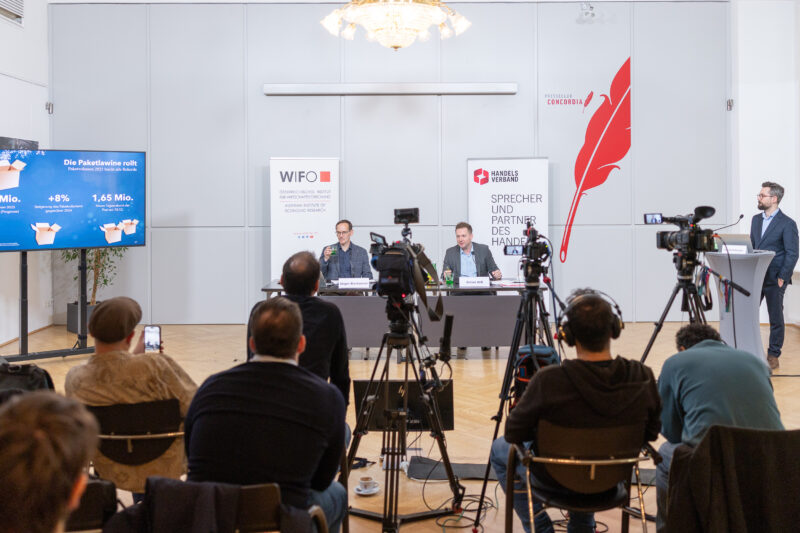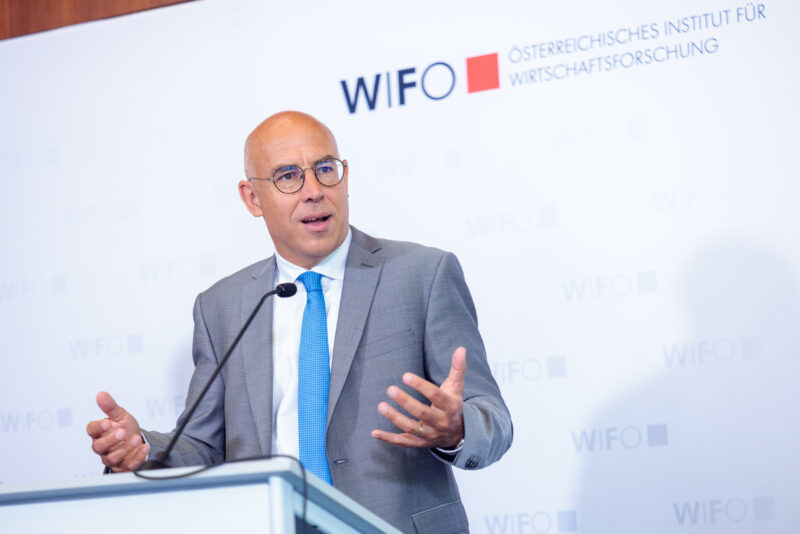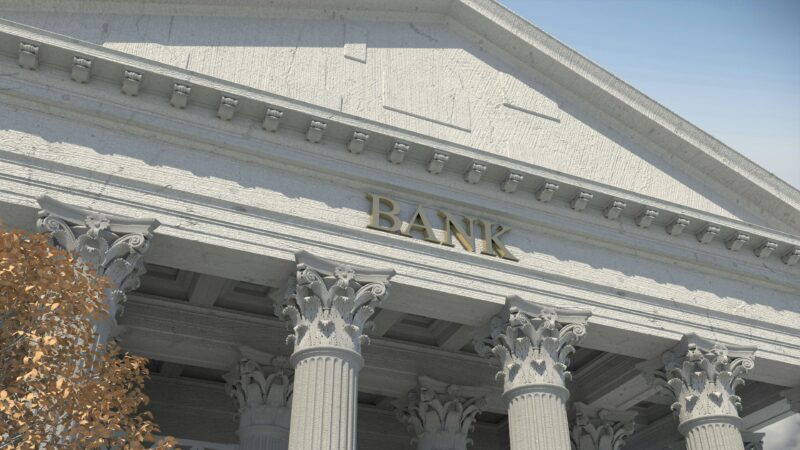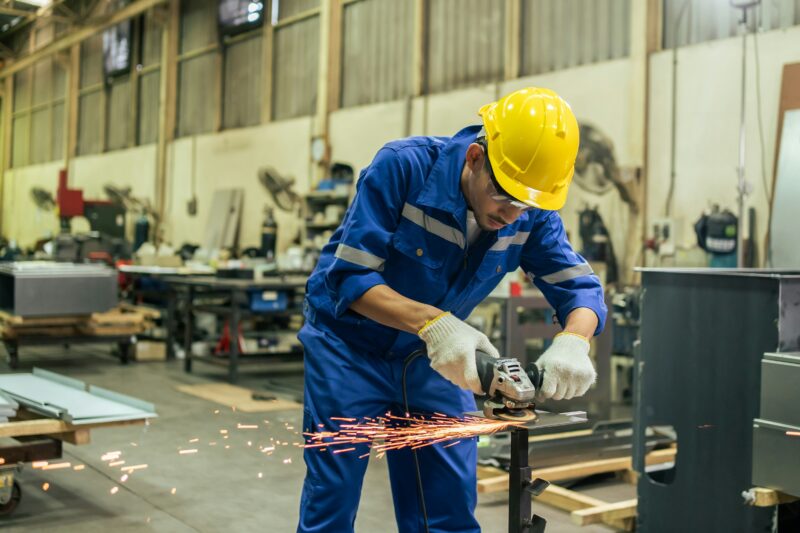
Economy Still Struggling to Recover in Austria
"Raising the standard retirement age appears to be an effective way of increasing employment. Unemployment and displacement effects are low in times of labour shortages", says Stefan Schiman-Vukan, author of the latest WIFO Business Cycle Report.
The USA and the EU agreed on a new trade agreement at the end of July. While the USA will raise the basic tariff rate on EU imports to 15 percent, the EU will reduce some of its import duties. At the same time, it is committing to significant energy purchases and investments overseas until 2028. It remains unclear how private companies are to be persuaded to do this and whether the Trump administration will stick to the agreement in the medium term.
Although the dampening effect on GDP caused by front-loaded imports was offset again in the second quarter, the economy of the USA weakened in the first half of 2025. In view of the acceleration in inflation as a result of the tariffs, the relatively high policy rate has not yet been lowered.
In China, economic growth is characterised by export surpluses and overproduction. High competitive and innovation pressure in high-tech sectors and the ongoing real estate crisis are dampening prices.
In the euro area, the economy was stable in the first half of the year, excluding the one-off effects in Ireland. Unemployment remained low by European standards and inflation was in line with the ECB's target. For the central bank, the policy rate is now at a neutral level, which is why it has not recently lowered it any further.
Austria's economy stagnated in the spring. Only public and public-related services expanded dynamically, while the recession continued in the manufacturing sector. Although the WIFO economic survey recently indicated a slight improvement in sentiment, scepticism continues to prevail. An unfavourable combination of economic policy measures has caused electricity prices to rise by a third since the beginning of the year and – together with the notoriously stronger price increases for services – has once again led to higher inflation than in the euro area as a whole.
The weak economy is also affecting the labour market: unemployment is on the rise, while the number of job vacancies and staffing levels in the private sector are falling. In contrast, employment is expanding in the public and public-related sectors. The gradual increase in the standard retirement age for women is having a positive special effect. Since 2024, it has led to significant employment growth among persons aged 60 and over. The unemployment rate in this age group has so far only equalised with the average for all women, while there are no signs of younger cohorts being displaced. These overall very positive effects of the current pension reform are probably also due to the general labour shortage.
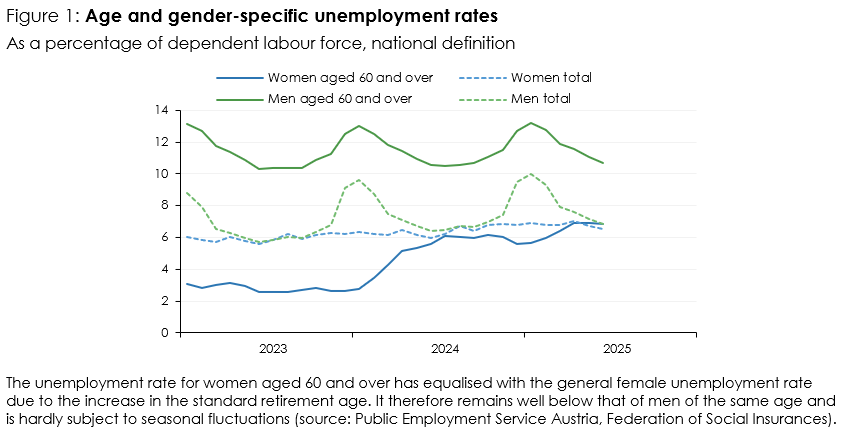
Publications
Please contact




